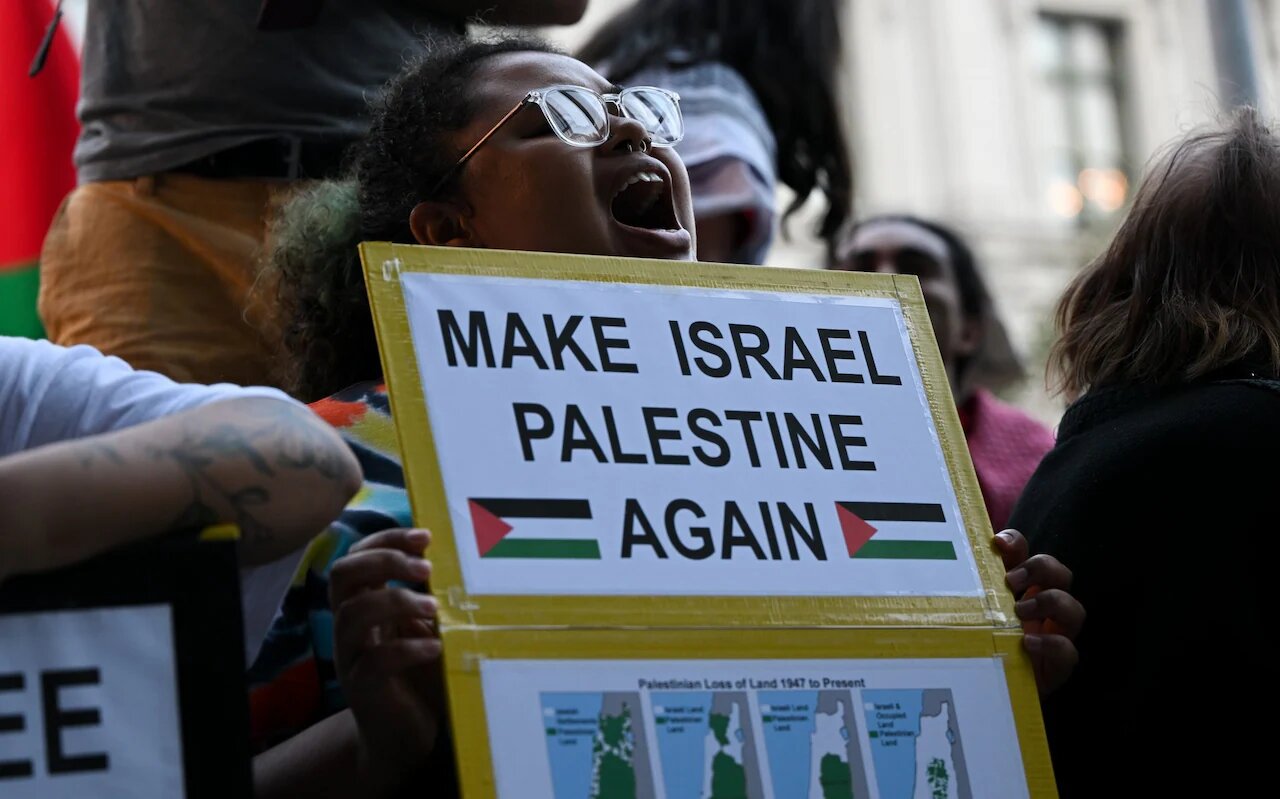The war that blew ‘Hasbara’ away

As an agreement to implement the first phase of a peace plan for Gaza was reached in Sharm el-Sheikh, Egypt, and the initial steps to carry out that phase have already been taken, it is timely to examine the consequences and dimensions of the bloody Gaza war over the past two years.
This war is not only one of the most lethal humanitarian crises of recent decades; it also marks a turning point in the formation of a profound shift in global public opinion and a marked rise in hatred toward Israel.
This transformation did not arise primarily from formal statecraft, but from social media, digital activism, and the collapse of Israel’s traditional propaganda apparatus known as “Hasbara.”
For years, that apparatus, backed by large budgets, strove to frame Israel’s crimes as "legitimate defense;" yet, when confronted with raw, unmediated images and videos of children being killed, civilian infrastructure being destroyed, and the people of Gaza placed under a total siege, it proved acutely vulnerable and deeply discredited. The global increase in hostility toward Israel attests to this reality.
Official statistics and international institutions make the scale of this catastrophe unmistakably clear: more than 67,000 martyrs and 169,000 wounded, together with bombardments of hospitals, schools, and refugee camps, and the complete cutting off of water, electricity, food, and fuel.
That very conduct prompted South Africa to bring a complaint against Israel before the International Court of Justice, alleging genocide.
Shifts in world public opinion confirm this rhetorical turn against Israel.
A Pew Research Center poll in 2025 shows that in 20 of the 24 countries surveyed, a majority hold an unfavorable view of Israel — including 93% in Turkey, 80% in Indonesia, 78% in the Netherlands, and 75% in Spain and Sweden. Even in the United States, long a strategic ally of Israel, unfavorable opinion rose from 42% in 2022 to 53% in 2025; among Democrats, it reaches 69%, and among people under 30, it climbs to 71%.
Young people, particularly in the West, by bypassing traditional media filters and through direct access to the unvarnished images of the war, increasingly see Israel not as a victim but as an agent of occupation, racial discrimination, and apartheid.
Israeli media reports have likewise plainly confirmed this isolation. Yedioth Ahronoth noted that two years into the Gaza war, Israel stands at the center of a growing tide of hatred, deepened by the progress of the “Swords of Iron” campaign.
The dispatch of aid flotillas to Palestine — such as Sumud — and a wave of recognition of Palestine even among some of Israel’s Western allies further illustrate this global increase in hostility toward the Zionist regime.
Now that active fighting has paused at this stage, the Zionist regime faces a historic isolation in the arenas of public opinion, diplomacy, and global politics — an isolation that, unlike past episodes, is grounded in an evident, undeniable reality.
Even Donald Trump, President of the United States and a principal backer of Netanyahu during the Gaza war, has acknowledged this reality and has pledged assistance to the Zionist regime in responding to it.
Source: Sedaye Iran, the online newspaper of Institute of the Islamic Revolution of Iran — October 10.
